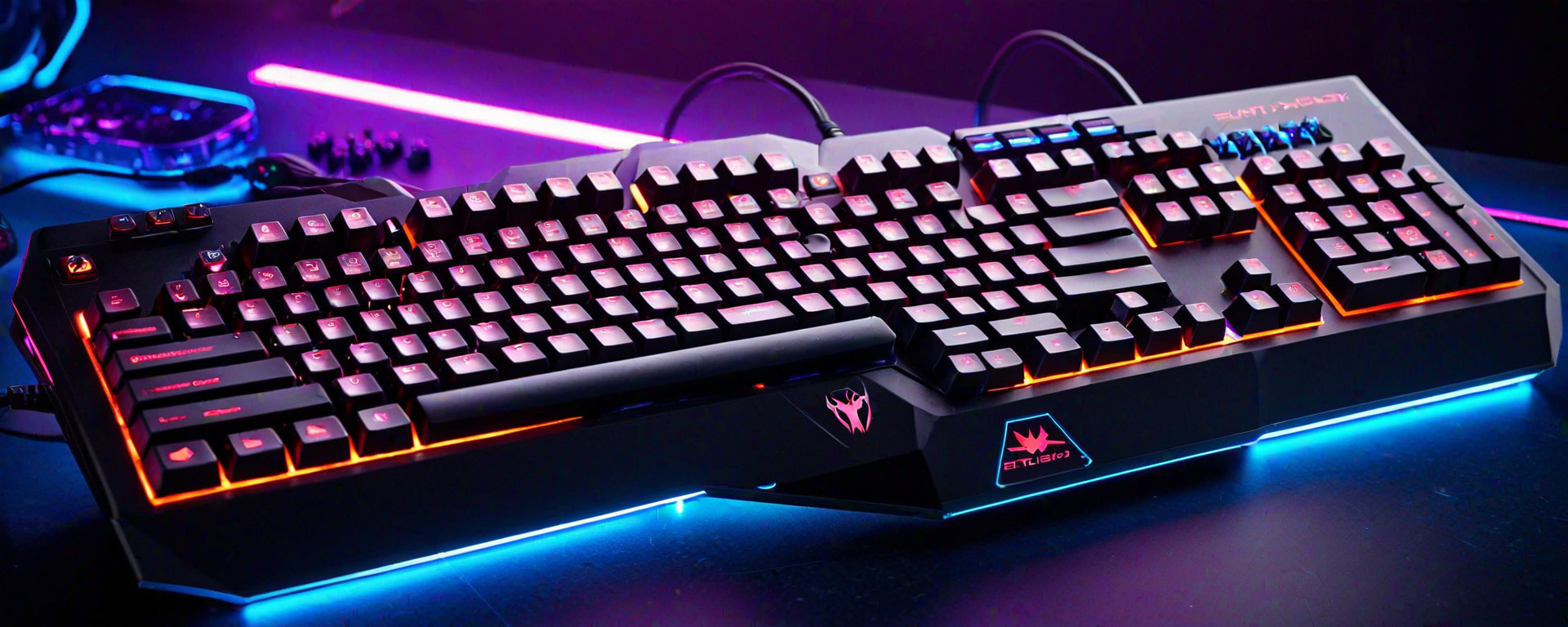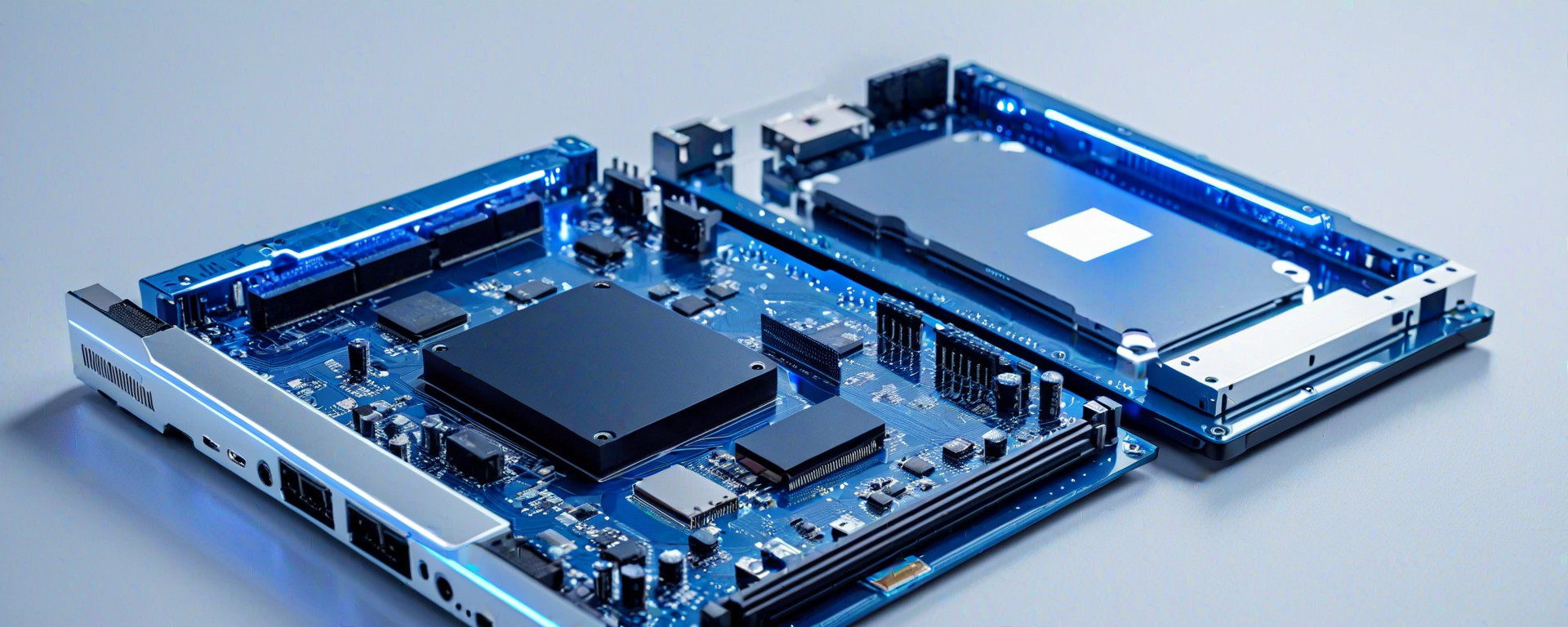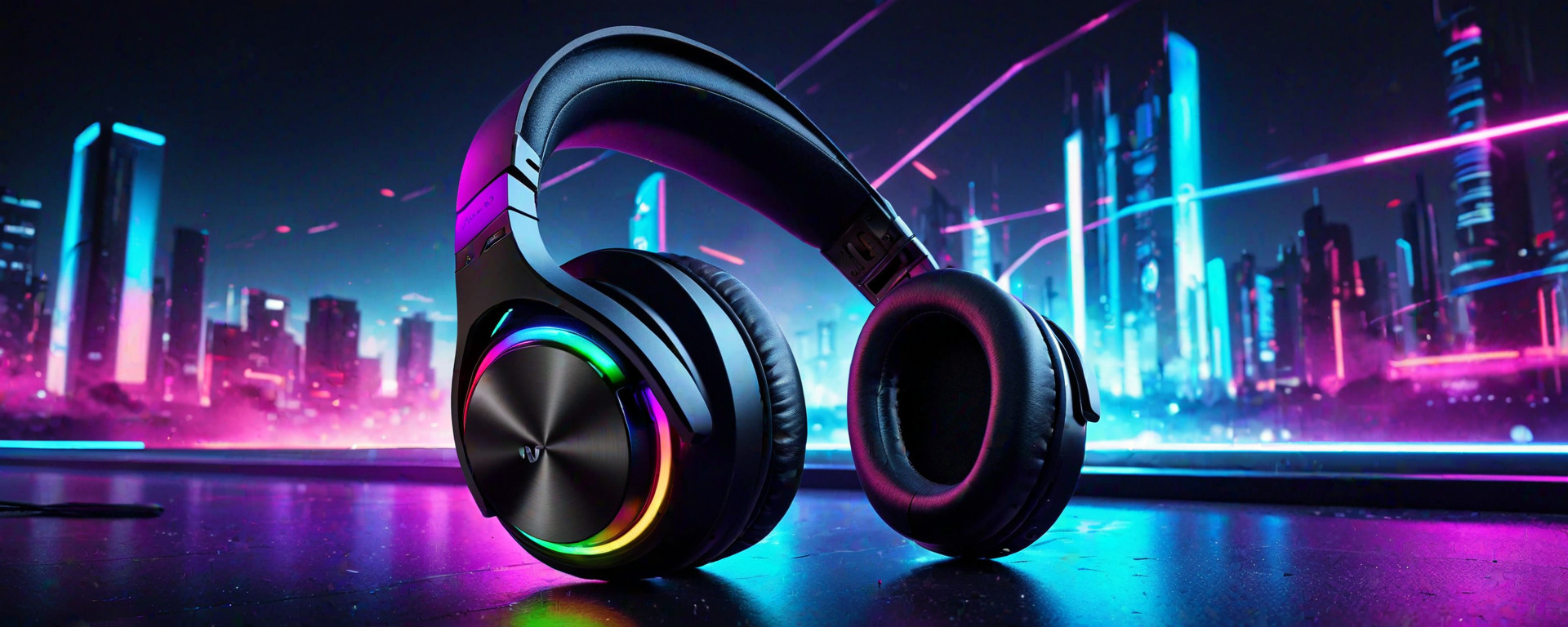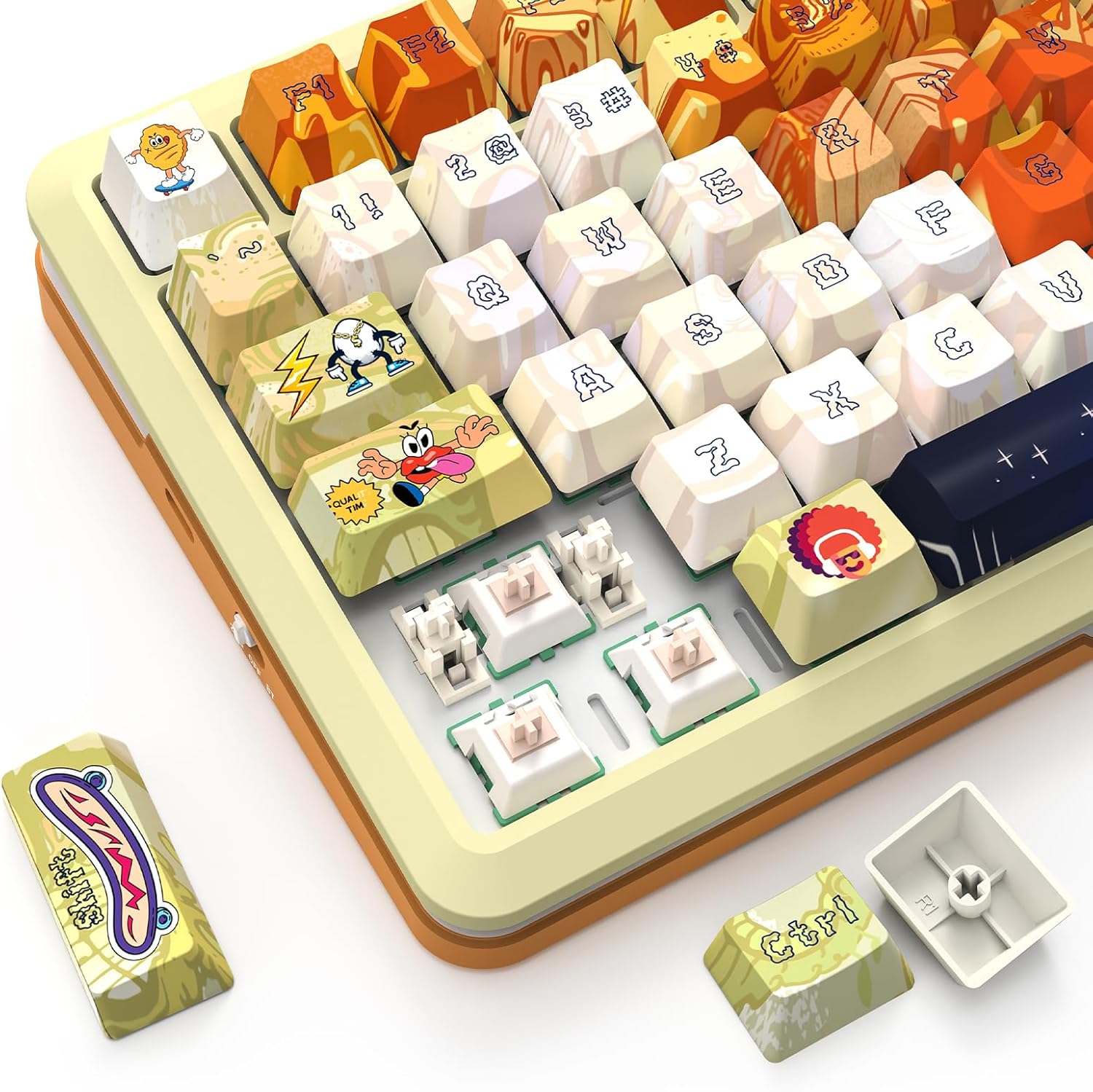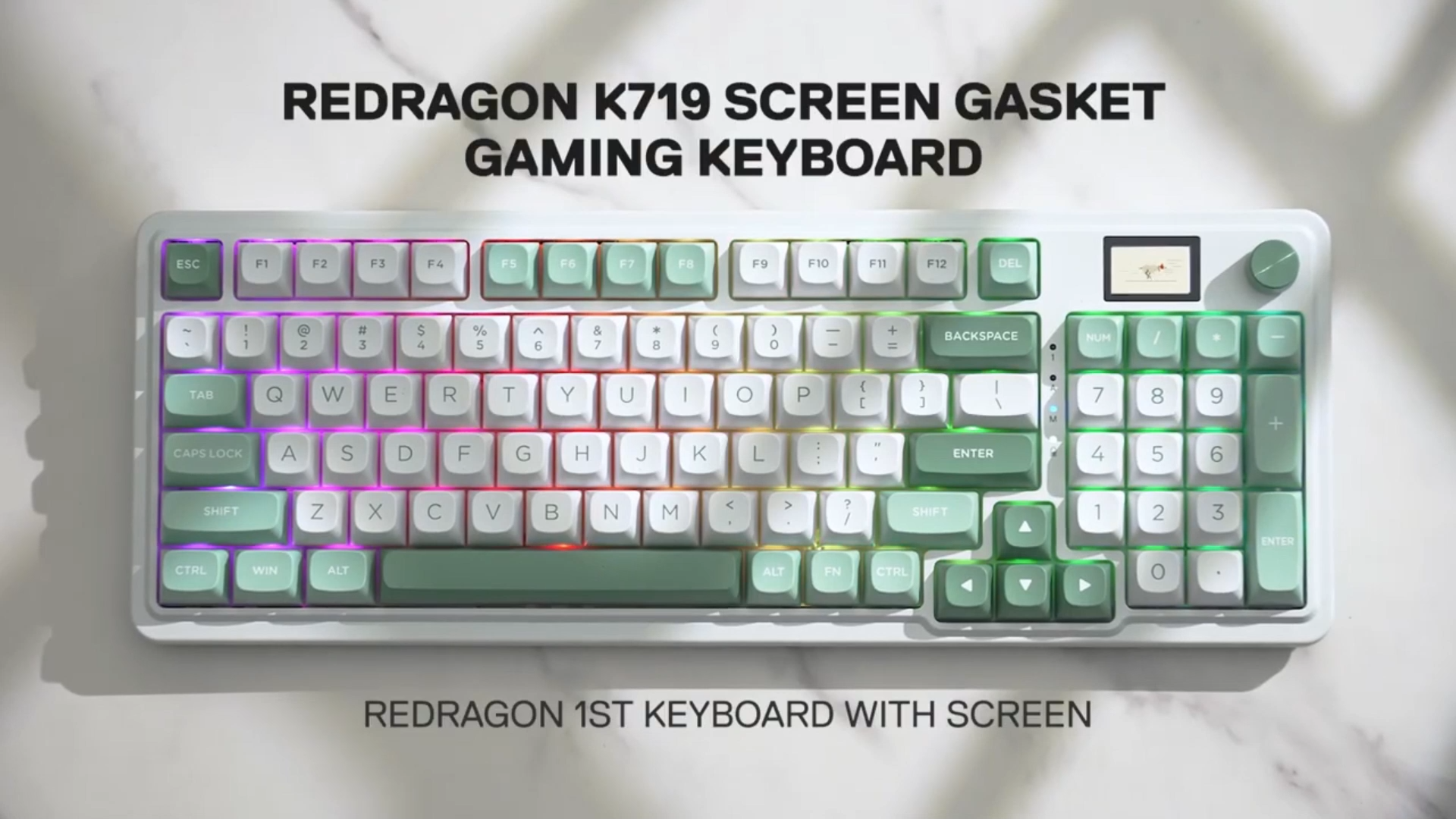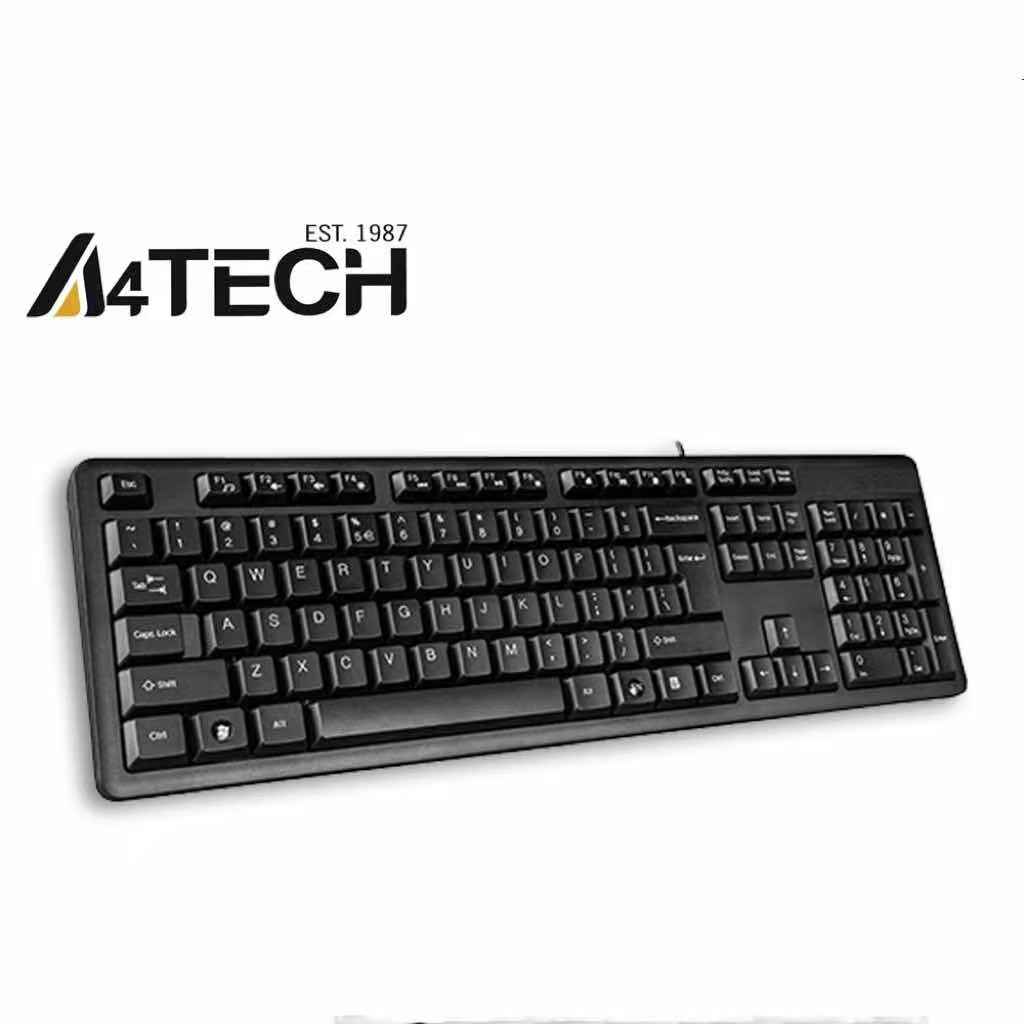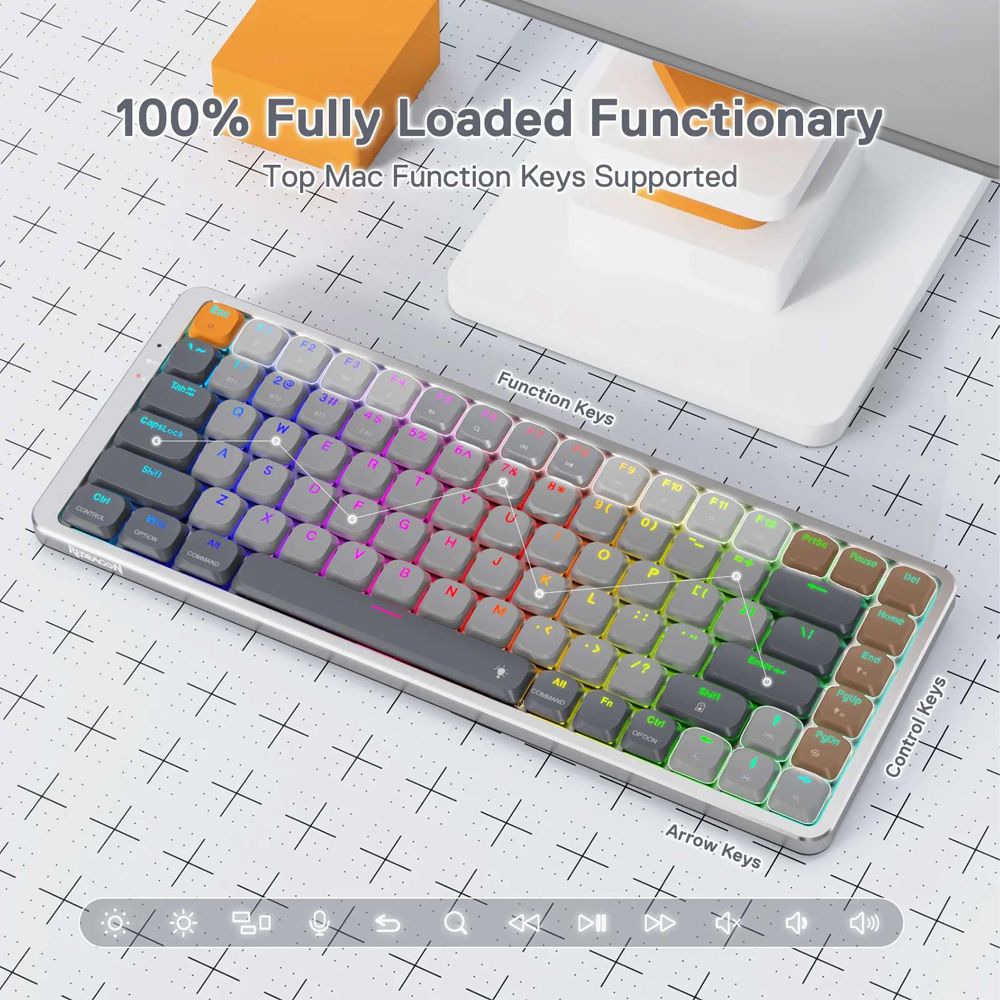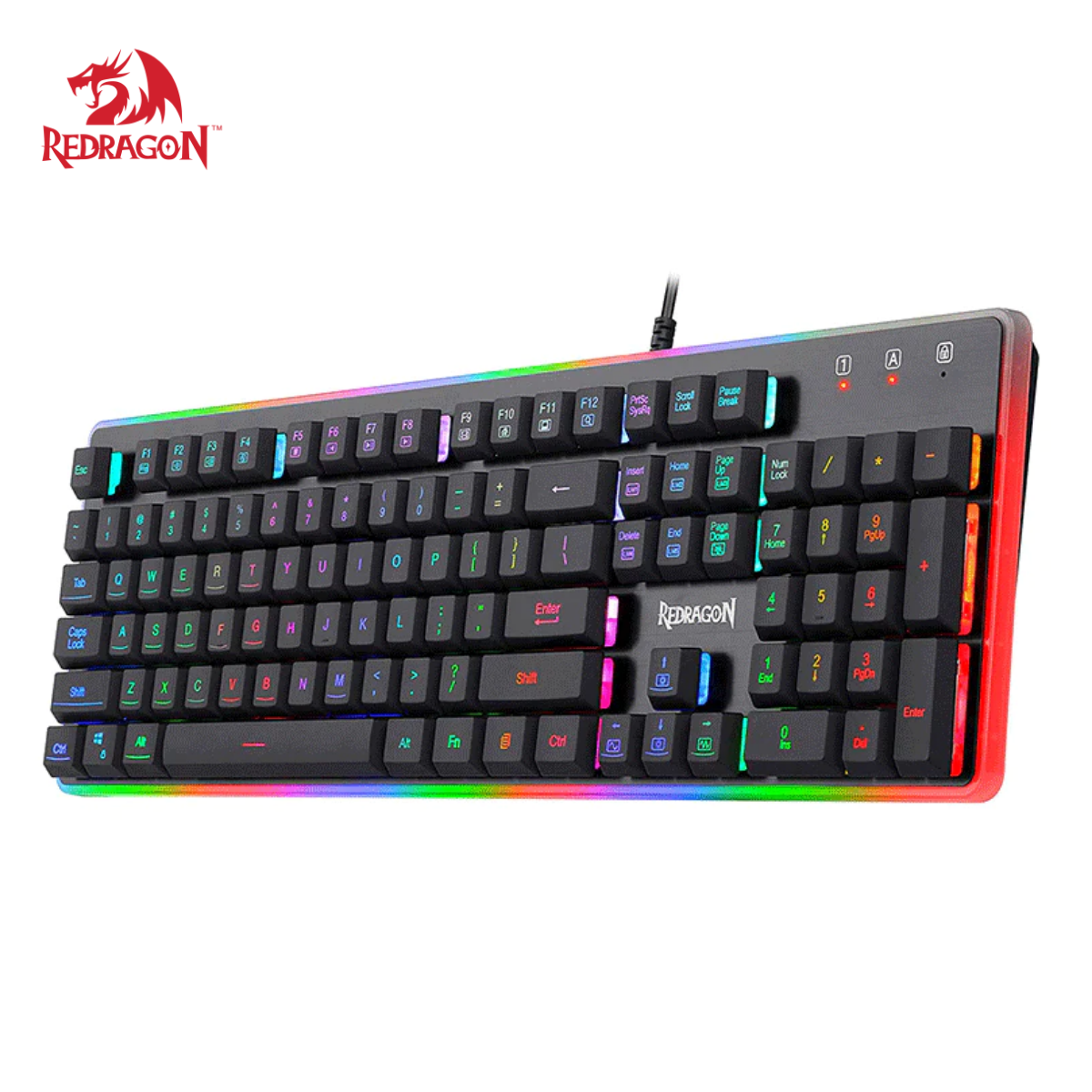Introduction to Keyboard Switches
Choosing between mechanical and membrane keyboard switches can significantly impact your typing experience, gaming performance, and overall satisfaction with a device. Mechanical keyboards are celebrated for their tactile feedback and durability, making them popular among gamers and typists alike. On the other hand, membrane keyboards offer cost-effectiveness and quiet operation, catering to users who prioritize these features.
In this article, we will delve into the intricacies of mechanical vs. membrane keyboard switches, comparing their key features, performance benchmarks, user experiences, and suitability for different use cases such as gaming, productivity, audio recording, and programming. We'll also provide troubleshooting tips and a comprehensive FAQ section to help you make an informed decision.
Understanding Keyboard Switch Types
Mechanical Keyboard Switches
Mechanical keyboard switches are renowned for their individual key mechanisms that click or "snap" when pressed, providing immediate tactile feedback. These switches come in various types, each designed to cater to different user preferences:
- Cherry MX Blue: Known for its loud, tactile click and strong resistance, making it ideal for writers who appreciate auditory confirmation of keystrokes.
- Cherry MX Brown: Offers a softer tactile bump without the click noise, providing balance between comfort and speed. This is popular among typists who value quiet operation.
- Cherry MX Red: Features linear activation with no tactile feedback or audible clicks. It's preferred by gamers for its fast actuation and low force required to press keys.
Membrane Keyboard Switches
In contrast, membrane keyboards use a flat surface under each keycap that presses against rubber domes beneath them when activated. This design is less expensive and quieter compared to mechanical switches:
- Buckling Spring: Developed by IBM in the 1980s, buckling spring mechanisms provide significant tactile feedback but are not as prevalent today.
- Pizza Box Membrane: A more modern variant that combines rubber domes with a thin sheet of plastic to create a flatter profile and quieter operation.
Key Features Comparison
| Mechanical Switches | Membrane Switches | |
|---|---|---|
| Tactile Feedback | Strong, clear | Weak or none |
| Noise Level | Varying (clicky to silent) | Low noise |
| Durability | High, with lifespan up to 50 million keystrokes+ | Moderate, typically around 1-2 million keystrokes |
| Cost | Higher | Lower |
Performance Benchmarks and Real-World Usage Scenarios
Mechanical keyboards often outperform membrane models in gaming scenarios due to their faster actuation and higher durability, which reduces the likelihood of key failure during intense use. In contrast, membrane keyboards excel in office environments where cost-effectiveness and low noise levels are prioritized.
Pros and Cons
Mechanical Keyboard Pros:
- Tactile Feedback: Enhances typing accuracy and speed by providing clear keystroke confirmation.
- Durability: Long lifespan ensures longevity, reducing replacement costs over time.
Mechanical Keyboard Cons:
- Noise Level: Clicky switches can be disruptive in quiet environments.
- Cost: Higher initial investment compared to membrane keyboards.
Membrane Keyboard Pros:
- Quiet Operation: Ideal for use in shared workspaces or late-night typing sessions.
- Cost-Effective: Lower price point makes them accessible to a wider audience.
Membrane Keyboard Cons:
- Lack of Tactile Feedback: May result in slower typing speeds and reduced accuracy for some users.
- Durability: Shorter lifespan compared to mechanical switches, necessitating frequent replacement.
Troubleshooting Common Issues
Mechanical Keyboard Troubleshooting:
- Sticky Keys: Check for debris between keycaps and clean with compressed air or a soft brush.
- Noisy Clicks: Ensure that all switches are properly seated in the keyboard frame.
Membrane Keyboard Troubleshooting:
- Dead Keys: Use a keycap removal tool to clean underneath and check for damaged domes.
- Noisy Typing: Inspect the keyboard for loose or misaligned components causing unwanted noise.
Frequently Asked Questions (FAQ)
Q: How do I know if a mechanical switch is right for me?
A: Consider your typing habits and workspace environment. If you value tactile feedback, speed, and durability over cost and quiet operation, mechanical switches are likely the better choice.
Q: What are some good membrane keyboard options?
A: Popular choices include Logitech K270, Microsoft Wired Desktop Keyboard 600, and HP Wireless Mouse Combo.
Q: Can I upgrade a membrane keyboard to mechanical switches?
A: Upgrading is not typically feasible due to the fundamental differences in switch design. Consider purchasing a new mechanical keyboard instead.
Conclusion
Mechanical and membrane keyboards each offer distinct advantages depending on your specific needs and preferences. Understanding their key features, performance characteristics, and potential drawbacks can help you make an informed decision when choosing between the two types of switches.
This detailed guide provides comprehensive information about mechanical versus membrane keyboard switches, including comparisons of key features, real-world usage scenarios, troubleshooting tips, and answers to frequently asked questions. Whether you are a gamer seeking fast actuation or a professional requiring quiet operation, this comparison should equip you with all the necessary knowledge for making an educated choice.
